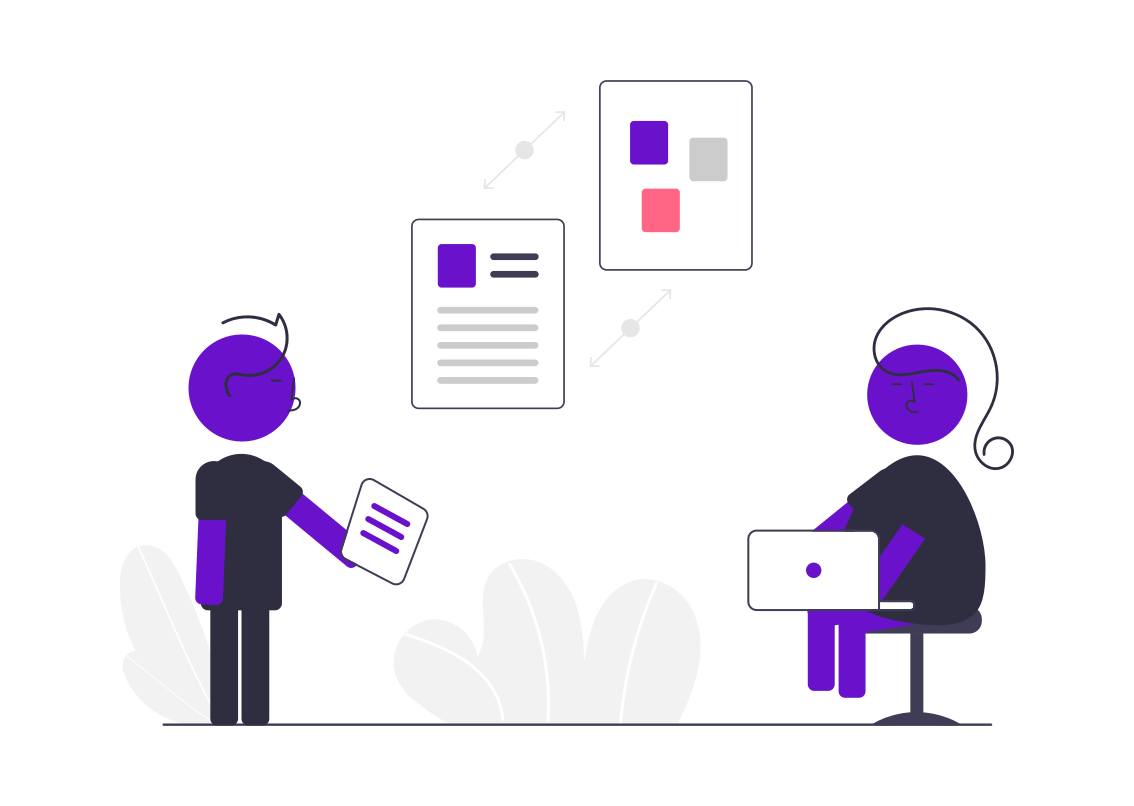Account-Based Marketing (ABM) is all about targeting specific, high-value accounts with personalized marketing efforts. However, an often-overlooked aspect of ABM is how prospects process the information you present to them. Cognitive Load Theory (CLT), which studies how information overload affects learning and decision-making, can help you create a smoother, more engaging experience for your prospects. By reducing cognitive load, you can simplify the decision-making process, making it easier for prospects to choose your solution.
What is Cognitive Load Theory?
Cognitive Load Theory, developed by John Sweller, explains how our cognitive processing capacity is limited. Too much information can overwhelm us, leading to poor decision-making. CLT identifies three types of cognitive load:
- Intrinsic Load: The inherent difficulty of the content.
- Extraneous Load: How the information is presented.
- Germane Load: The mental effort required to process and understand the information.
In ABM, minimizing extraneous load and optimizing germane load can help prospects process information more effectively.
Why Cognitive Load Matters in ABM
When prospects are bombarded with too much information, they experience decision fatigue, which can lead to delays or even abandonment of the decision-making process. By managing cognitive load, you can make it easier for prospects to understand your value proposition and move forward in their buyer journey.
Practical Strategies to Reduce Cognitive Load
Here’s how you can apply Cognitive Load Theory to make your ABM campaigns more effective:
Simplify Your Messaging
Be Clear and Concise: Avoid jargon and keep your language simple. Clearly articulate your value proposition and key benefits without unnecessary complexity.
Focus on Essentials: Present only the most critical information at each stage. Don’t overwhelm prospects with too many details upfront.
Use Visuals: Infographics, charts, and diagrams can make complex information easier to understand quickly.
Optimize Content Presentation
Logical Structure: Organize content in a clear, logical order. Use headings, subheadings, and bullet points to break up text and guide the reader.
Progressive Disclosure: Introduce information gradually. Start with the basics and add more details as prospects show interest.
Consistent Design: Use a consistent layout and design elements across all content to create a predictable and easy-to-navigate experience.
Enhance User Experience
Intuitive Navigation: Ensure your website and content are easy to navigate. Clear menus, links, and call-to-action buttons help prospects find what they need without frustration.
Personalized Content: Use AI to deliver content that matches each prospect’s interests and behavior, reducing the cognitive effort needed to find relevant information.
Interactive Tools: Quizzes, calculators, and assessments can engage prospects and simplify complex decision-making processes.
Implementing Cognitive Load Theory in ABM
To integrate Cognitive Load Theory into your ABM strategy, follow these steps:
Develop Streamlined Campaigns
Segment Your Audience: Group your prospects based on their needs and stages in the buyer journey. Tailor your messaging to each segment.
Map Content Journeys: Create a content plan that logically leads prospects through their decision-making process without overwhelming them.
Prioritize Key Messages: Identify the most important messages for each segment and focus on those, avoiding information overload.
Create User-Centric Content
Craft Clear Headlines: Use headlines that clearly state the value of the content, making it easy for prospects to understand what they will gain.
Provide Actionable Insights: Offer clear next steps and actionable insights to help prospects make informed decisions.
Gather Feedback: Use surveys, polls, and user testing to understand how your content is received and make adjustments based on feedback.
Measuring the Effectiveness of Your Approach
To ensure your cognitive load reduction strategies are working, track these metrics:
Key Metrics
Engagement: Monitor metrics like time on page, bounce rates, and scroll depth to see how well prospects are engaging with your content.
Conversion Rates: Measure how effectively your content drives desired actions and conversions.
User Feedback: Collect feedback directly from your target accounts to understand their experience and identify areas for improvement.
Continuous Optimization
A/B Testing: Test different versions of your content to see which ones reduce cognitive load and increase engagement.
Behavioral Analytics: Use tools to track how prospects interact with your content and identify patterns or pain points.
Iterative Refinement: Regularly review your content’s performance and make data-driven improvements to ensure it remains effective and aligned with your audience’s needs.


